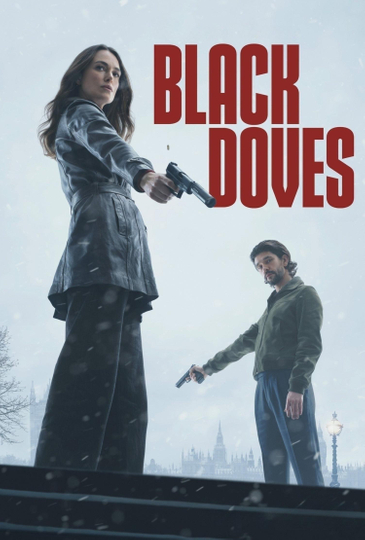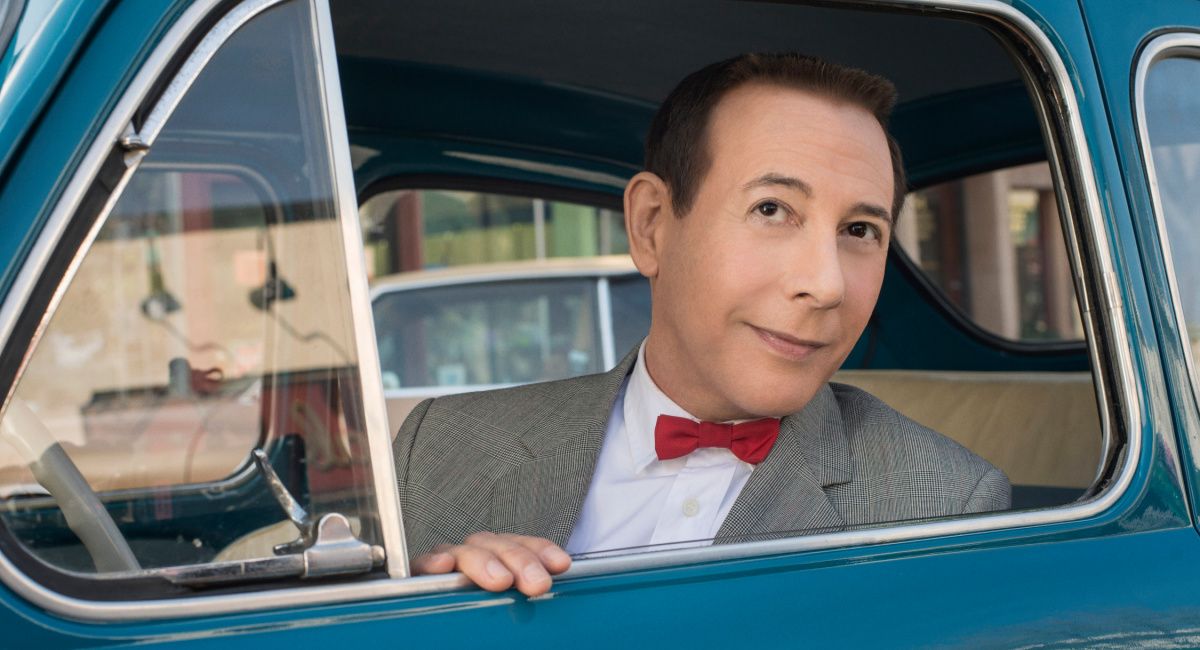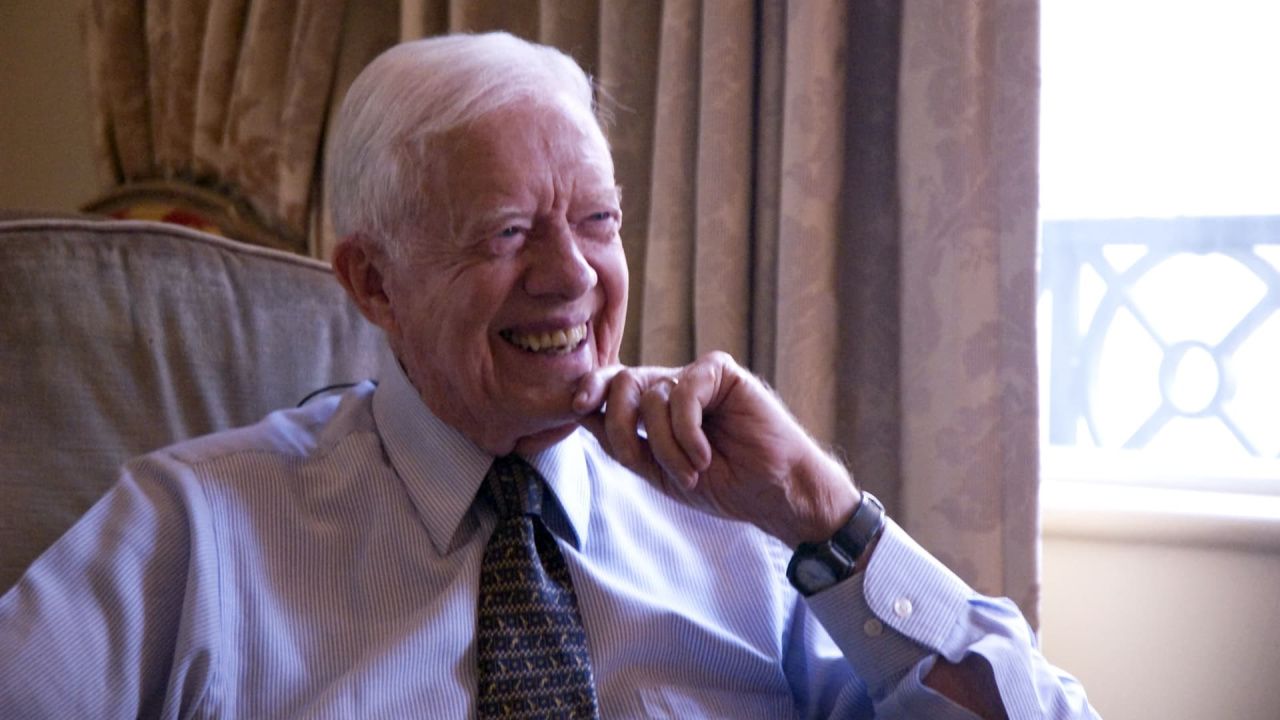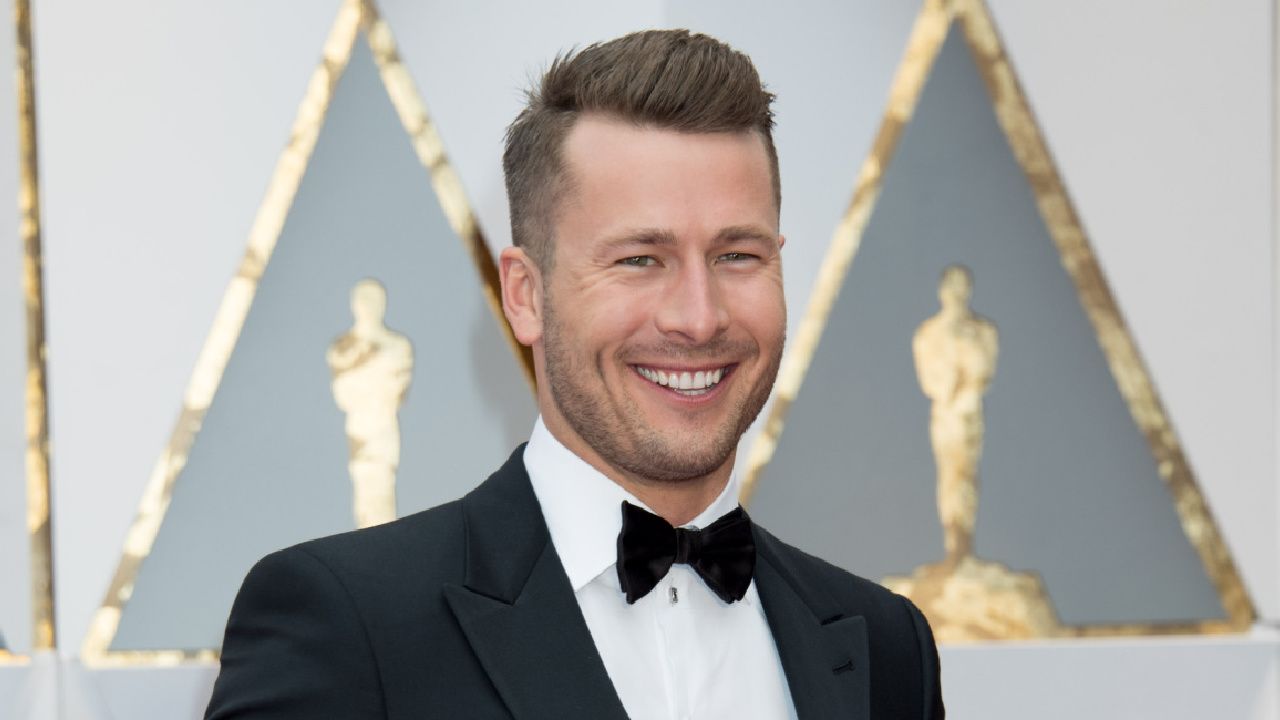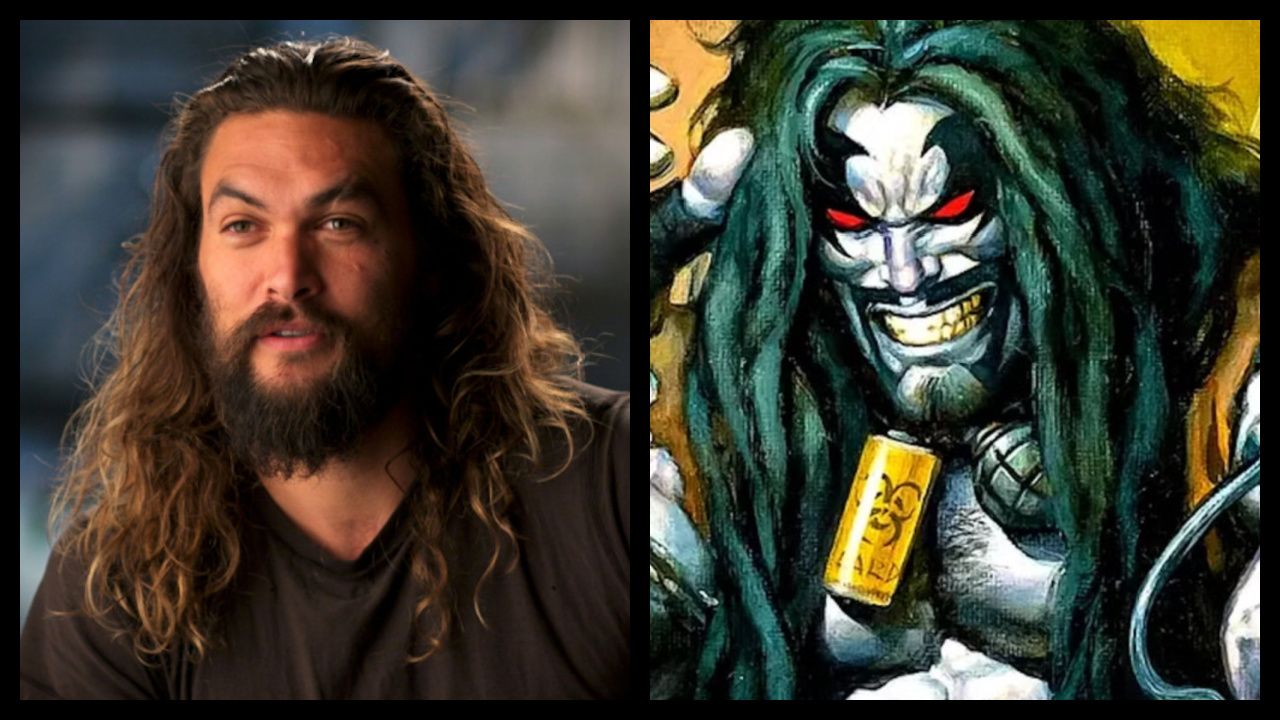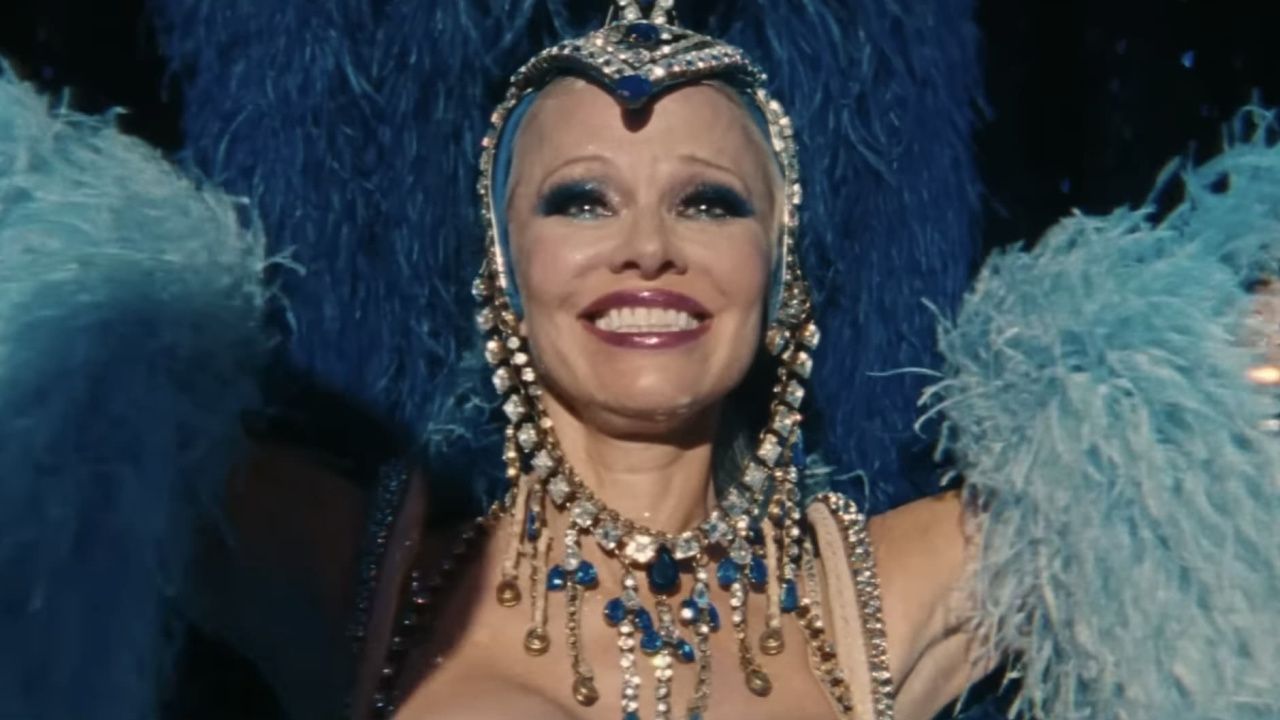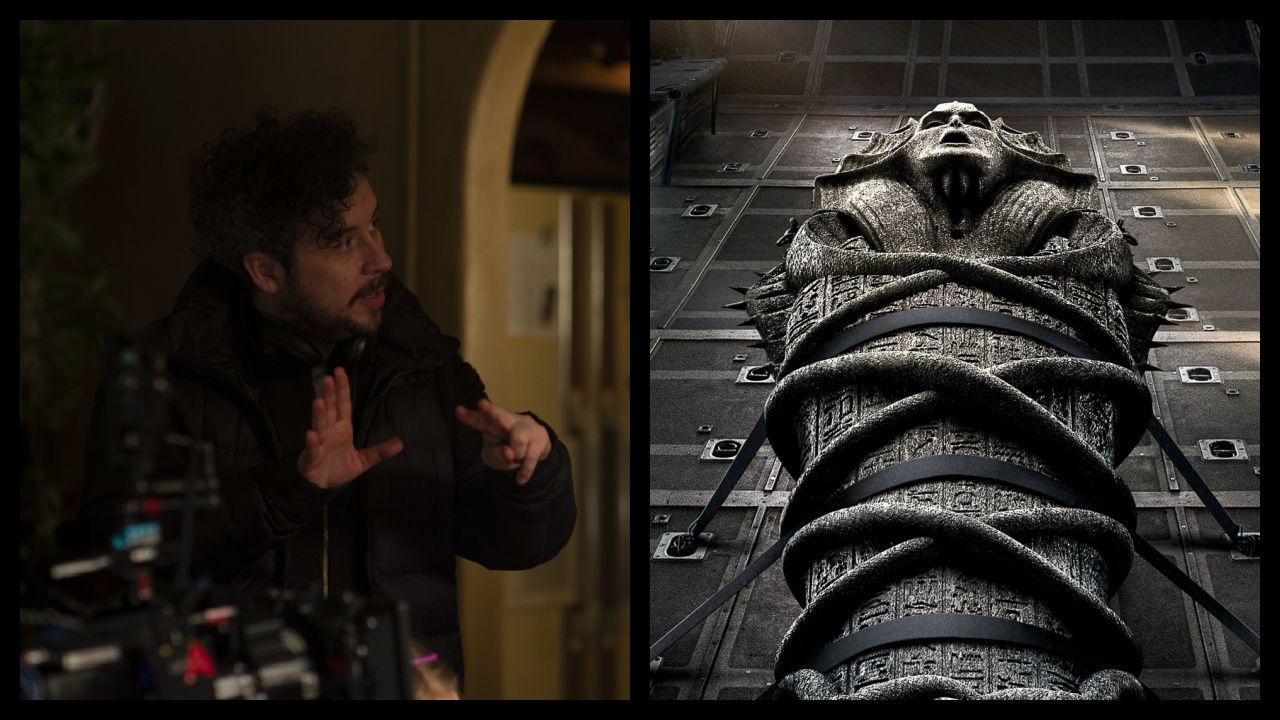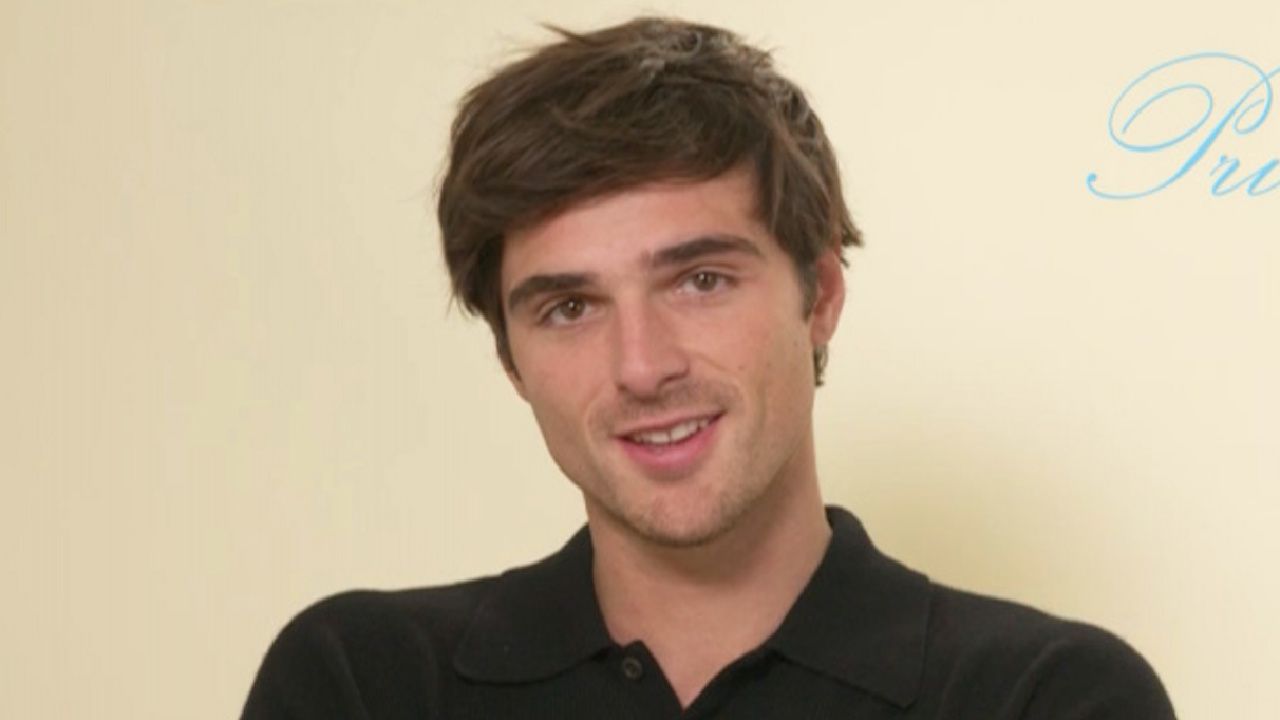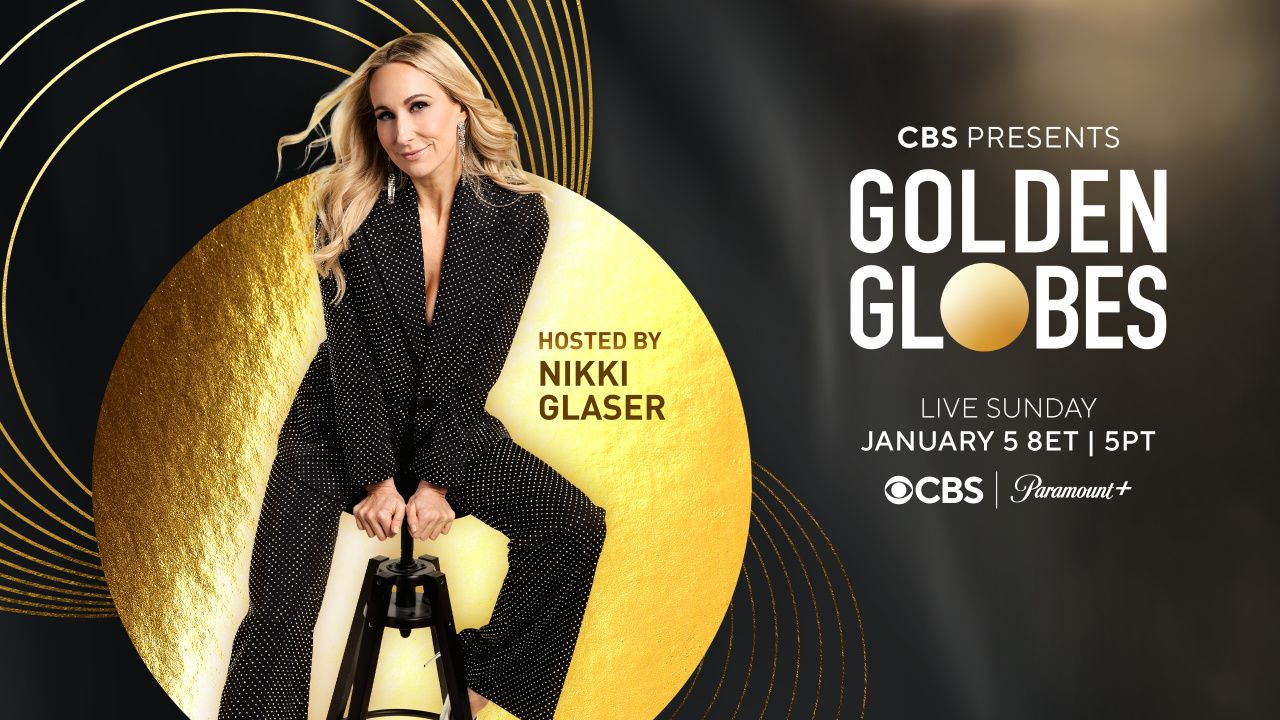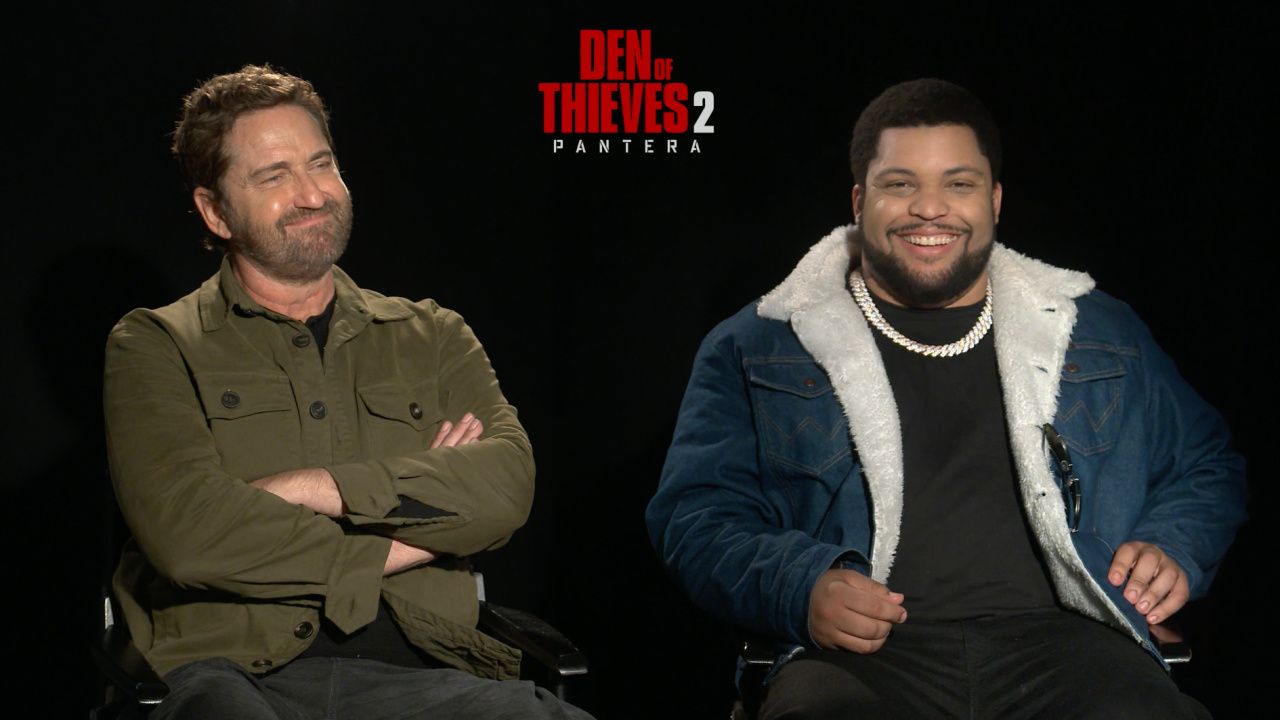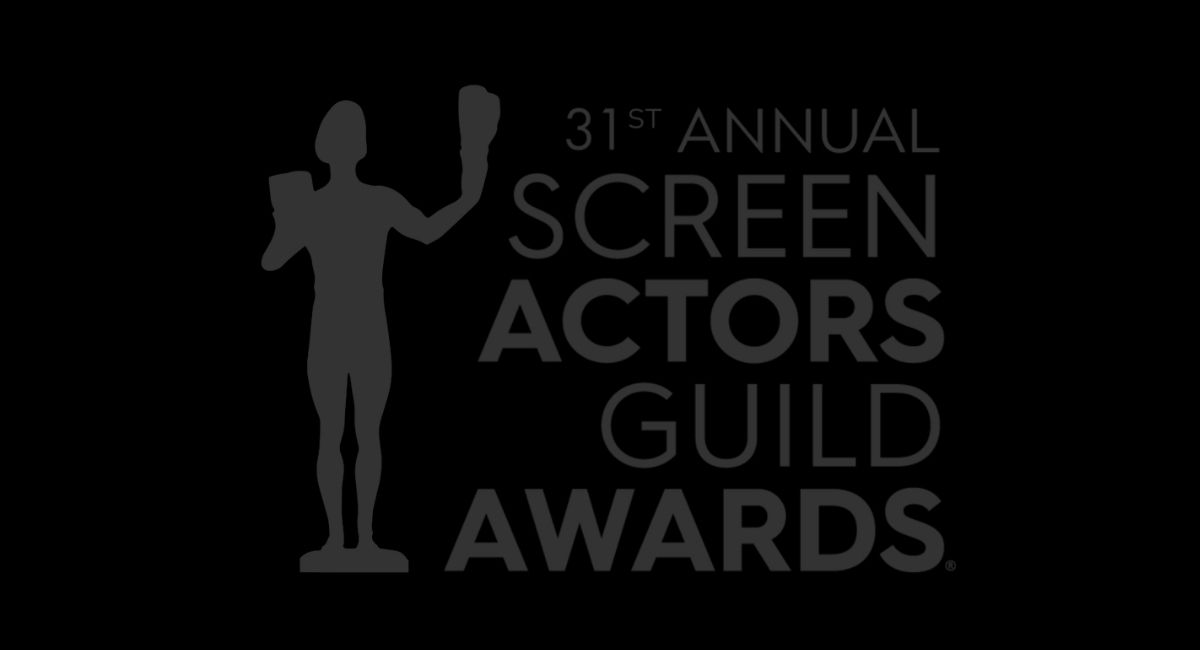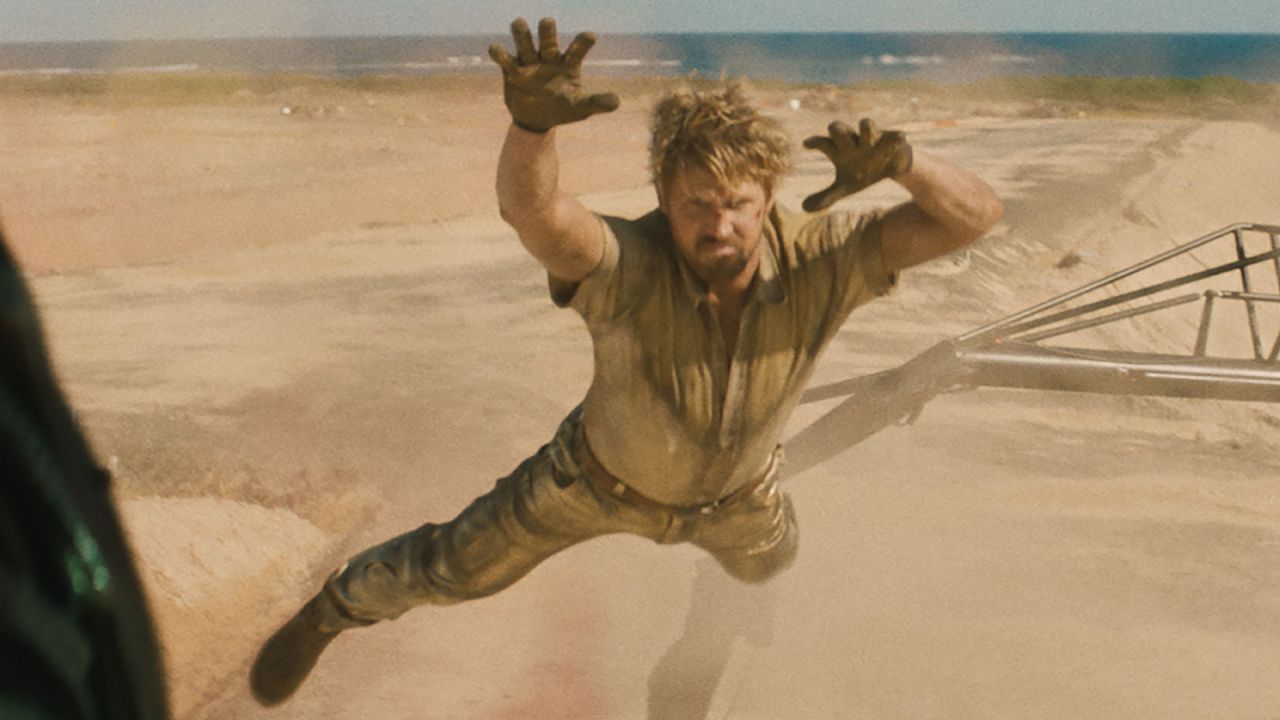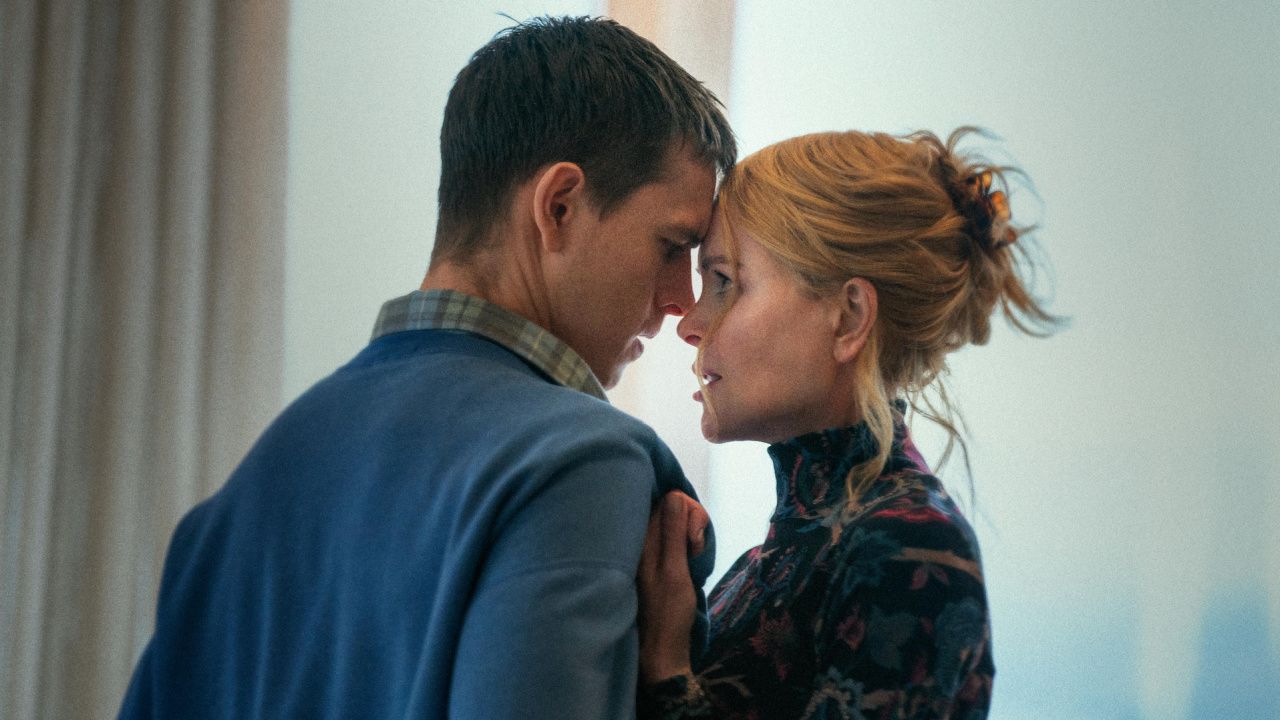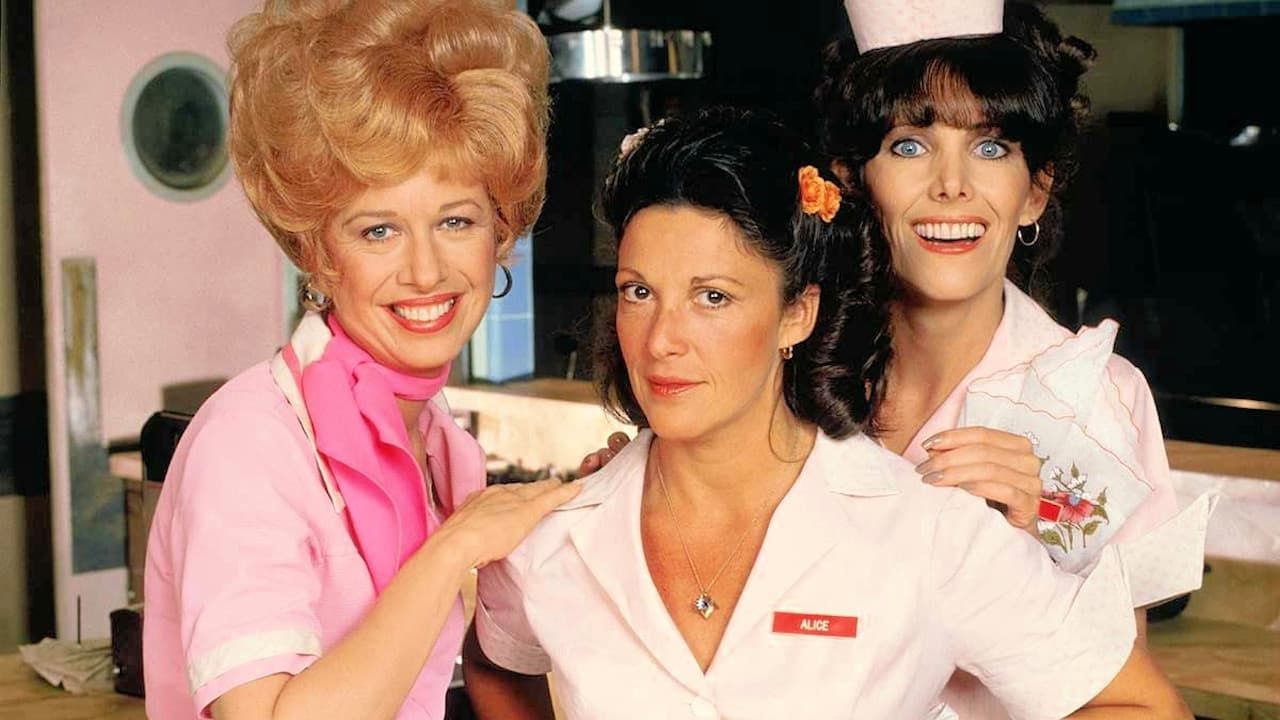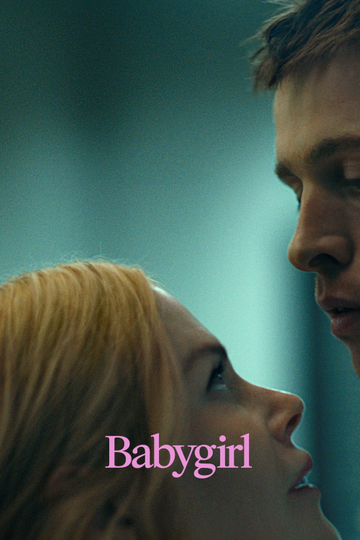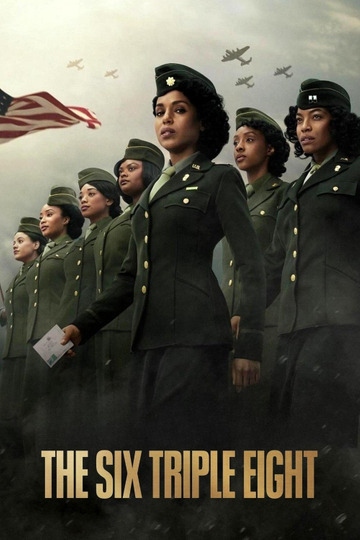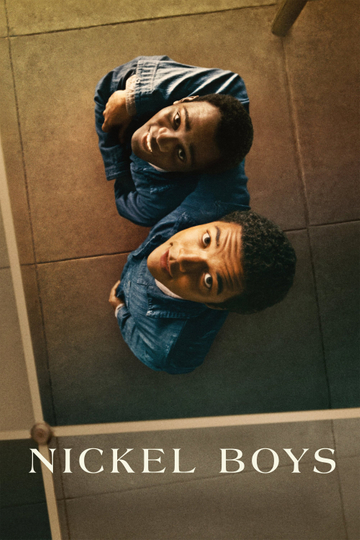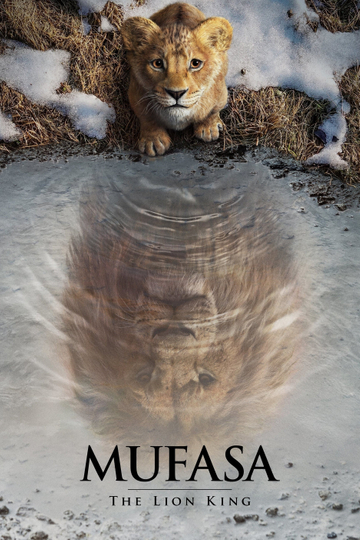9 Things You (Probably) Didn't Know About 'The Nightmare Before Christmas'
This year, Tim Burton's wizardly "The Nightmare Before Christmas" turns 25.
The stop-motion marvel, directed by the great Henry Selick, remains the crown jewel of Burton's stop-motion output (and he didn't even direct it), full of the kind of darkly humorous personality and rococo visual grandeur that we've come to expect from the director of "Batman," "Beetlejuice," and "Edward Scissorhands." And while since it's become a staple of not one but two holidays, it's easy to take its masterfulness for granted.
But here are nine things you probably didn't know about "The Nightmare Before Christmas," which will probably make it even more special (again). The following is best enjoyed with either a cup of eggnog or a giant mound of Halloween candy. It's up to you.
1. Tim Burton Originally Developed the Idea While Working As an Animator for Disney
It's very hard to imagine Tim Burton toiling away at Walt Disney Animation, in the pre-comeback days of the early 1980s. But that's exactly what he did, providing largely unused concept art and animation for forgettable fare like "The Fox and the Hound" and "The Black Cauldron." (He also contributed, even more bafflingly, to "TRON.")
Not that all of his work was middling. His time at Disney also allowed him to experiment -- it's where he made "Vincent," a charming stop-motion short film narrated by Vincent Price, a Japanese-themed fairy tale that aired on the Disney Channel and a half-hour live-action short called "Frankenweenie."
During his time at Disney, he also wrote a three-page poem called "The Nightmare Before Christmas" and worked with frequent collaborator Rick Heinrichs on concept art and storyboards. He also sought insight from fellow Disney animator Henry Selick, who would eventually direct the feature version. In 1982, Disney decided to develop the story into either a short film (like "Vincent") or a holiday special (in a 1993 interview with the LA Times, Burton suggested that Vincent Price would provide narration). But in 1984, Burton was fired from Disney (admittedly, his singular style didn't really fit in amongst all the cheery animated fables) and -- for many years -- the project was largely forgotten.
2. It Unexpectedly Rose from the Grave
The project had stayed on Burton's mind, even after leaving Disney and becoming one of the most successful and sought-after filmmakers in the world. In 1990, he found out that Disney still owned the rights, so he contacted them. Co-producer Kathleen Gavin, in a documentary released around the same time as the movie, said: "When Tim Burton went back to Disney a couple of years ago and said, 'You have a project of mine I'm still interested in doing,' they dug out not only his treatment, but they dug out a lot of his artwork." In the video, you can see a distinctly Tim Burton sketch of Jack, with the words "It was Zero, Jack's ethereal friend, the best friend he had / But Jack didn't even notice him, which made Zero very sad," written in cursive behind Jack's slumped figure.
Disney wanted Burton, but he was already committed to other projects; Burton wanted the creative freedom to do what he wanted.
The answer to both problems was the involvement of Selick, Burton's old animator chum from Disney, who was brought on by Heinrichs ("I'm from the same planet, if not the same neighborhood, as Tim," Selick says in the promotional making-of doc). Selick set up an animation studio (Skellington Productions) in San Francisco and stocked a 40,000-square-foot studio space with 120 specialized animators, artists and technicians. (According to Gavin, the team moved in July of 1991 and they had to be in production by October 1.)
"It was important to me to stay away from Los Angeles," Selick told the Los Angeles Times in 1993. "I think that if Disney and even Tim had too much access to us, they would have gotten too nervous and gummed up the works."
3. It Took a L-O-N-G Time to Make
According to Disney, they "assembled 13 of the most brilliant animators" for "The Nightmare Before Christmas" which, if you hadn't noticed, isn't that many animators. Disney's official numbers are that, over a three-year period, they filled 19 soundstages with 230 sets, and "hundreds" of individual puppet characters (there are 60 characters in the movie but duplicates of most were needed). Supervising animator Eric Leighton explained in that same promotional doc that, "We're shooting at 24 frames-per-second, which means that we have to pose the character 24 times for every second of completed film."
The sets were constructed so that the animators wouldn't have to reach more than two feet to adjust a puppet, and if they did have to reach further, special trap doors were built into the set. (Many of the scenes required 20-30 specialized lights to create the exaggerated, German expressionist look.)
And that's not counting all of the work that went into the film before they even started animating, which included storyboarding the entire movie several times (Joe Ranft, a legendary Pixar contributor who died tragically in a car accident before the release of "Cars," was the head of story.)
4. There Really Wasn't a Script
"We didn't really have a script, but there was a storyline that Tim had much earlier," Danny Elfman said at the time. "We were running out of time, so I said, 'I'll just write some of the songs based on what we'd talked about.' He'd come over and listen and then I'd say, 'Let's just talk about the next section of the movie.' And as soon as he left, I'd write the next song. He had pictures of all these characters, so I had a really good visual stimulus to get going."
So, yes, they had all of Burton's original drawings, the poem, and some songs. And while the final screenplay is credited to Caroline Thompson, there was additional work by Michael McDowell, a horror novelist and "Beetlejuice" screenwriter, who helped initially move Burton's poem into movie-form.
Since the script was finished after the songs, the animators initially worked on the musical numbers, starting with the first song, "This Is Halloween." Selick has stated that they really didn't know what they were doing initially, and that sequences that they animated earlier look cruder than ones they did at the end of production. This is definitely true of the "This Is Halloween" sequence, which is visually stunning but also a little rough around the edges.
Interestingly, ahead of the film's release, Elfman cited that "Nightmare Before Christmas" was "the greatest collaboration I'd ever been involved with," even though disagreements on the film led to a very public falling out with Burton. Elfman, who provides Jack with his singing voice, had also laid down vocal tracks for his speaking role, too. Selick and Burton found his dialogue delivery unsatisfactory and replaced him with "Fright Night" actor Chris Sarandon. (Elfman also does the speaking voice for Barrel, one of Oogie Boogie's henchmen.)
But Elfman, who had grown quite attached to Jack, felt slighted, which led to him parting ways with Burton. "Ed Wood," released by Disney the following year, would be the first Burton movie to not be scored by Elfman. They wouldn't work together again until 1996.
5. At One Point, There Was More to Oogie Boogie
One of the movie's best, grossest gags is the reveal of Oogie Boogie's true self -- a mass of wiggling worms.
This was one of the most difficult sequences in the entire film, consisting of four incredibly detailed shots that each took a full month to create and animate (see #3). But there was even more to this sequence originally. Early storyboards revealed "a surprisingly different storyline that ultimately wasn't pursued" (according to Selick on the Blu-ray special features), one in which, when Oogie Boogie is split open, Dr. Finklestein is revealed inside. "Yes, Jack Skellington, it's me!" Finklestein crows. "Me! The man who created Sally from bits of flesh and scraps of cloth! As Oogie Boogie, I wanted to teach her a lesson she'd never forget!" (Yeah, this doesn't make a lot of sense.)
There was one additional surprise as a trap door on Boogie's roulette table opens up to reveal the doctor's hunch-backed assistant Igor. Even in rough form, it's clear that the sequence didn't really work and was wisely cut. Bye bye, Boogie.
6. Pixar Helped Out
If you have watched the credits for "The Nightmare Before Christmas" as much as I have, you'll notice that a small team from Pixar is given a credit. It's still, all these years later, unclear as to what exactly Pixar contributed to the film. (Selick and Pixar godhead John Lasseter went to Cal Arts together and Lasseter worked alongside Burton at Disney Animation.)
Most likely, it had to do with some post-production coloring, as Pixar had recently developed and introduced the CAPS system to Walt Disney Feature Animation, which replaced the traditional ink-and-paint model (a staple since Walt's time) with a new digital coloring system. There were other minor CGI fixes/augmentation that the studio could have provided, since at the time they were a similar independent animation outfit located in the greater San Francisco area. Pixar and "The Nightmare Before Christmas" would continue to be connected for years to come (see #8).
7. It's Technically Not a Disney Movie
During the lead-up to "The Nightmare Before Christmas'" release, then-head of Disney Michael Eisner got a look at early footage from the film and deemed it too dark and scary. (He also requested a moment when Tim Burton's severed head is being passed around like a hockey puck be deleted from the movie; it was replaced by a Jack-o-lantern in the final film.) He would still allow for the "What's This?" sequence to be included in Disney animated home videos from around that time (it was the full sequence, uninterrupted) but he also wanted some distance placed between the Disney brand and "The Nightmare Before Christmas."
So, as it was, the Disney name was removed from the film and it was replaced with a card for the Touchstone Pictures shingle that would note that the film was slightly more adult and sophisticated. In an interview with IGN in 2006, Selick said that the company worried that it would "too dark and scary for kids." He continued: "Their biggest fear, and why it was kind of a stepchild project, was they were afraid of their core audience hating the movie and not coming."
And, to be honest, there was some merit to this apprehension. The film wasn't a breakaway box office success, instead growing in stature over the years, to the point that it is now a yearly seasonal overlay to the Haunted Mansion and countless pieces of merchandise are sold each and every year. When the film was released, though, all of the toys (housed in nifty, coffin-shaped boxes) sat unsold at Disney Stores around the country.
Interestingly, if you watch the film today, either on Blu-ray or digitally, the iconic Disney castle greets you when the movie begins. It is no longer a stowed-away Touchstone Picture; it's now, firmly, a Disney classic.
8. Without It, There Would Be No 'Toy Story'
It's hard to explain how, exactly, "Nightmare Before Christmas" paved the way for Pixar's "Toy Story," a film that would end up revolutionizing the entire film industry and serving as the bedrock for another Disney animation renaissance. But maybe John Lasseter can explain.
In a 2011 interview with Entertainment Weekly, he said: "Disney kept trying to hire me back after each of the short films I had made. I kept saying, 'Let me make a film for you up here [at Pixar].” They always said, 'No, a Disney animated film will always be made at Disney.' They had no interest in doing an outside project." Lasseter continued: "What changed their mind was Tim Burton. Tim and I went to college together, and he had developed a feature idea called 'The Nightmare Before Christmas.' He went on to become a successful live-action director and was trying to buy 'Nightmare' back from Disney. And they said, 'Why don’t you just make it for us?' That opened the door for Disney to think of these niche animated films that could be done. They said, 'Okay, we’re willing to talk with you. We’ve got puppet animation going [with Tim Burton] and now we’ll be willing to develop the computer animation.' They said to come back when we had an idea. So we started thinking…"
And, of course, their thinking led to "Toy Story," another project that started as a holiday special before morphing into a bona fide feature film.
To make an interesting history even more interesting was the announcement in 2010 that Selick would set up a brand new stop-motion studio at Pixar. The new outfit, called Cinderbiter Productions, was already hard at work on a feature called "ShadeMaker" and, according to the press release, would serve as "a new stop motion company whose mandate is to make great, scary films for young 'uns with a small, tight-knit crew who watch each other's backs."
Unfortunately, in 2012 the studio was shut down after Disney and Pixar management found the development of the current film to be unsatisfactory. After spending more than $50 million on the film itself, the company announced a write-down north of $100 million, given the amount of employees and real estate the new shingle occupied. Gone was Selick's relationship with Lasseter, along with a potentially lucrative deal with Disney (after completing work on "ShadeMaker," he was set to direct a live action/animated adaptation of Neil Gaiman's deeply brilliant "The Graveyard Book"). Sigh.
9. Jack Had Cameos in Selick's Subsequent Films
This is more of the Easter Egg-y variety, but Jack Skellington would appear in two of Selick's other films.
In 1996, he would reteam with Disney and Burton for the considerably drabber "James and the Giant Peach" adaptation. While a largely joyless affair (those live action sequences are terrible), there is a bright spot when Jack and his insect pals visit a sunken pirate ship manned by a pirate-y Jack Skellington. (Richard Dreyfuss' Mr. Centipede even refers to the character, in his broken New Yawk accent, as "Skellington.")
Additionally, there's a blink-and-you'll-miss-it appearance by the Pumpkin King in Selick's animated feature for Laika, "Coraline." There's a moment when Coraline is in the kitchen and the Other Mother is making her food; the Other Mother cracks open an egg and, in the yolk, is the face of Jack. It's very subtle and tiny and hard to spot, most likely because they were navigating some very choppy legal waters with the insertion, but he's still there, epitomizing the Halloween spirit in a very literal Easter egg.







